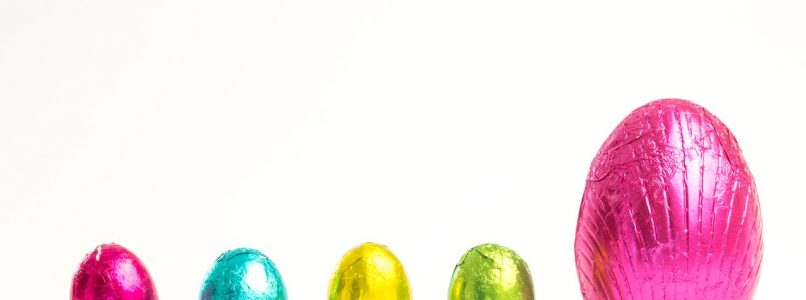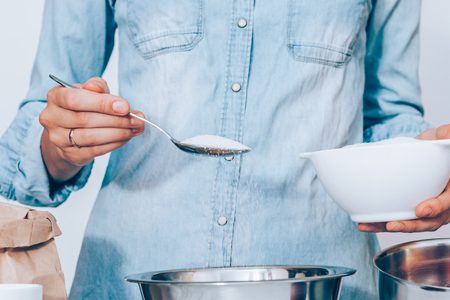We would have imagined everything, except seeing signs in the supermarket reading “We inform customers that it is absolutely forbidden to weigh Easter eggs”. In truth, we wouldn’t have even imagined seeing dozens of people weighing Easter eggs on the scales in the fruit and vegetable department. Yet this also happened. Indeed, it is happening, and in every corner of Italy.
Why Easter eggs weigh
All because of social media. Just click on Tiktok, Facebook or Instagram to believe: There are thousands of videos featuring users weighing Easter eggs. The reason? Many are convinced that, through its weight, it is possible to identify with certainty the surprise contained in the egg to get the favorite one and therefore avoid that disappointment effect that often happens once it has been discarded.
How much Easter egg surprises weigh
Along with the videos, there are always some circulating on social media tables that with mathematical precision indicate how many grams correspond to the surprises of this year’s eggs dedicated to some of the most beloved cartoon characters. Starting with those most sought after by collectors, with Dragonball in mind. Fans are delirious, perhaps also because the new animated series has just been announced and will air next autumn in Japan. According to these tables the Easter eggs dedicated to Dragonball which contain the miniature of the protagonist weigh 272 grams.
Easter egg weight “tables”.
However, Dragonaball is not the only one: the eyes of collectors (and not just theirs) are in fact also focused on many other characters. And so, scrolling through the social tables you discover, for example, which to take home Flying Batman the egg must weigh 550 grams, for the Batmobile 650 grams. Then there is Mickey Mouse which weighs 279 grams. To keep him company Sineretta Ariel (502 grams), Cinderella (716 grams) and many more. And the craze is spreading: according to many users, the tables work. And perhaps this is also why, together with the videos in which people are seen weighing Easter eggs with cartoon characters, others are starting to appear which concern many other large-scale retail brands that offer Easter eggs for adults, often with designer surprises.
Whether or not it is forbidden to weigh Easter eggs
A “craze” destined to continue, also because despite the prohibition signs appearing in supermarkets, we have every right to weigh Easter eggs. “No one can stop you from weighing Easter eggs,” as she explained in a video Massimiliano Dona, lawyer, president of the National Consumers Union and digital creator. «Stories have spread on social media that say that by weighing Easter eggs you discover the surprises inside. The supermarket can prohibit the use of the scales in the fruit and vegetable department for hygienic reasons or to prevent queuing but, if you want, you have every right to do so, bringing your own scales at home”, continued lawyer Donà.
How to use (your) scales at the supermarket
Not only that: in the same video the president of the National Consumers Union also gives another excellent advice, that is, use these scales brought from home not only for eggs, but for all other products. «Pbecause it can happen – even if it is very serious – that the weight indicated on the package does not correspond to the product contained inside, observes Donà, finally inviting us to also pay attention to the tolerances established by the regulations, i.e. the weight variations possible according to the law. Here they are: «Weight in grams or milligrams from 5 to 50 (tolerance 9%) from 100 to 200 (tolerance 4.5 g or ml) from 200 to 300 (tolerance 4.5%) from 300 to 500 (tolerance 9 g or ml) from 500 to 1000 (3% tolerance) from 1000 to 10,000 (1.5% tolerance).
Other articles from La Cucina Italiana that might interest you:

